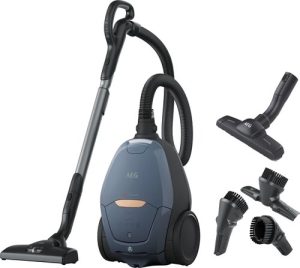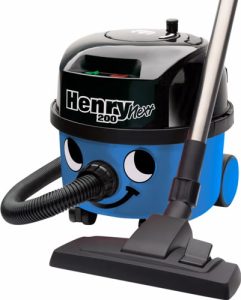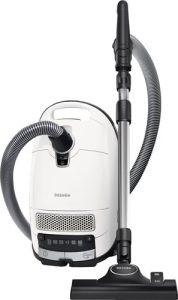A “Sufficient” economy before a circular economy
The downsides of robot vacuum cleaners for your home
1. Expensive and Incomplete
Robot vacuums come with a hefty price tag but can’t fully replace traditional vacuum cleaners. You’ll still need a standard vacuum for cleaning, making the robot vacuum an extra, not a replacement.
2. Limited Cleaning Power
They struggle with obstacles, corners, crevices, and thick carpets. Bigger crumbs and pet hair often remain behind, meaning you’ll still have to clean manually, so much for convenience.
3. More Technology, More Breakdowns
The more complex a device, the more likely it is to break. Robot vacuums rely on sensors, motors, and software—all prone to malfunctions. Repairs can be costly and often impossible, and replacements create more waste.
4. A Decline in Basic Skills
Households relying on automated cleaning may find that simple cleaning habits fade. Technology should complement, not replace, essential life skills.
5. Battery Replacement Hassles
Like all battery-powered devices, robot vacuums require replacements every few years. Many models have non-removable batteries, making repairs difficult or impossible, pushing consumers toward unnecessary upgrades.
6. Hidden Environmental Costs
Advanced electronics require rare materials, intensive production, and complex recycling processes. In contrast, a basic corded vacuum has a longer lifespan and a much smaller environmental footprint.
7. A Recycling Nightmare
E-waste is one of the most challenging types of waste to process. Robot vacuums contain plastics, metals, and hazardous components that are difficult to separate and recycle efficiently.
8. Privacy Concerns
Many robot vacuums come equipped with cameras, Wi-Fi connectivity, and data-sharing capabilities. Some manufacturers collect information about your home and habits, raising serious privacy and security risks.
9. More Screen Time, More Frustration
Robot vacuums often require an app for control and updates, adding another layer of digital dependency. Instead of simplifying your life, they may introduce new distractions and frustrations.
The so-called Benefits? They’re actually downsides.
10. “Time Savings” Means Less Physical Activity
Vacuuming takes about 15 minutes a week for an average household. That’s hardly an inconvenience, but it does provide light physical activity. At a time when sedentary lifestyles are a growing concern, outsourcing such small tasks may do more harm than good.
11. “Convenience” Often Becomes a Hassle
Robot vacuums get stuck under furniture, struggle with rugs, and can’t handle stairs. If you have multiple floors, you’ll have to move them manually or use a traditional vacuum anyway. Instead of saving time, you may find yourself constantly troubleshooting their limitations.
The best alternative: A corded canister vacuum with a bag





